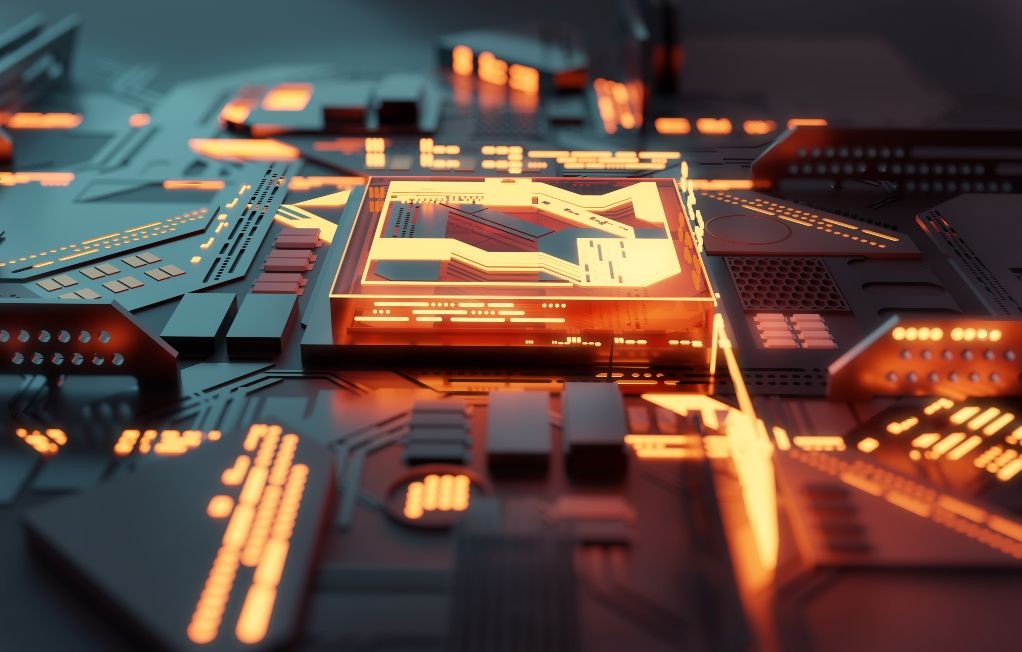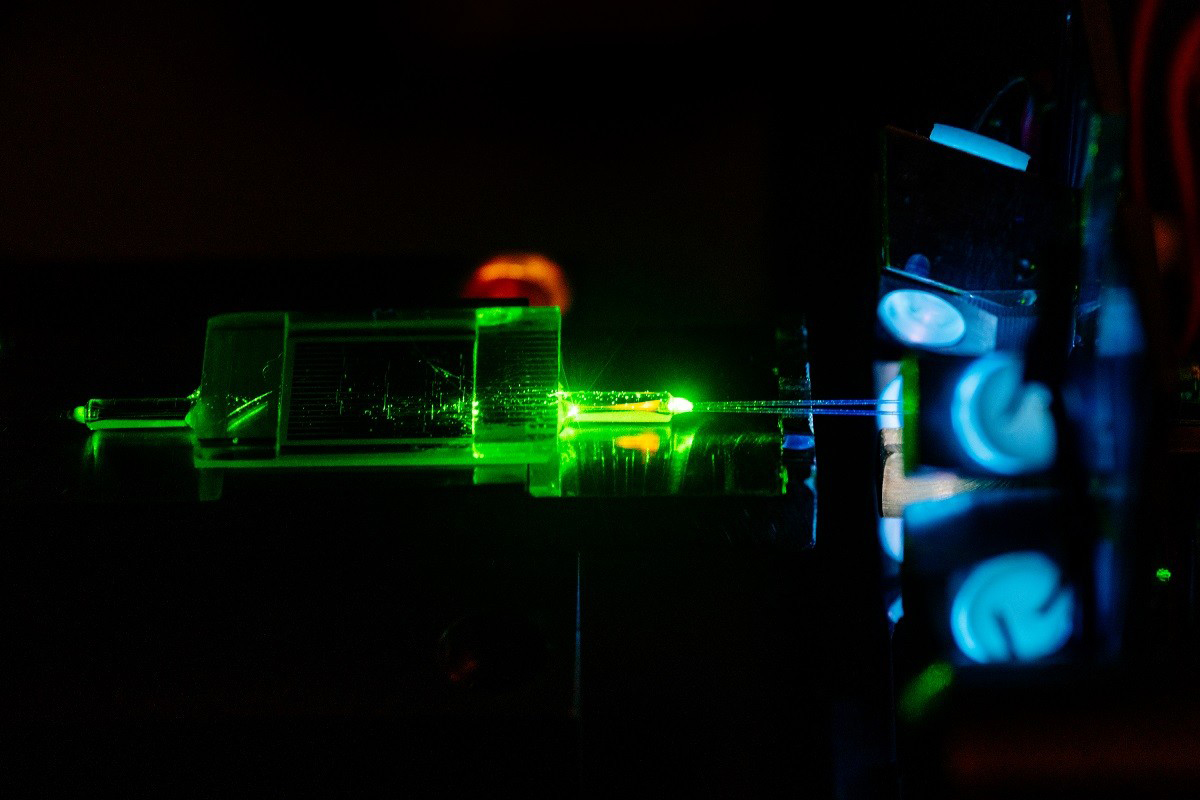En route to the European quantum internet
Paving the way for the European quantum internet — with the first German quantum node in a transnational entanglement-based network in Aachen: This is one of the objectives of the memorandum of understanding agreed at the end of 2021 for close cooperation between Fraunhofer and QuTech, a collaboration between the Technical University of Delft and the Netherlands research organization TNO. The node is intended to serve as a development and test en-vironment for network components and as a springboard for a European approach to an entanglement-based quantum internet.
Since 2019, the Fraunhofer Institute for Laser Technology ILT and QuTech have been working together on optical components for quantum communication and information. They have developed a quantum frequency converter (QFC) architecture whose improved signal-to-noise ratio sets new standards in the transfer of quantum information. As such, the research partners have reached a major achievement for rapid connections between quantum computers at different locations, thus paving the way towards a stable quantum internet. Fraunhofer ILT and QuTech will continue to collaborate closely to establish complex QKD (quantum key distribution) networks, to set up further quantum nodes in Germany and in the Netherlands, and to develop integrated photonic solutions for such networks.
Since 2022, the two partners have been working more closely together than ever before as part of the European Quantum Internet Alliance. This consortium, coordinated by QuTech, comprises more than forty European companies and research institutions that are seeking to establish a European quantum network to ensure that Europe plays a leading role in creating a quantum eco-system against the backdrop of the “second quantum revolution”. The advances in research should bolster Europe’s innovative strength, facilitate secure communications for companies and society, and ensure technological sovereignty.



